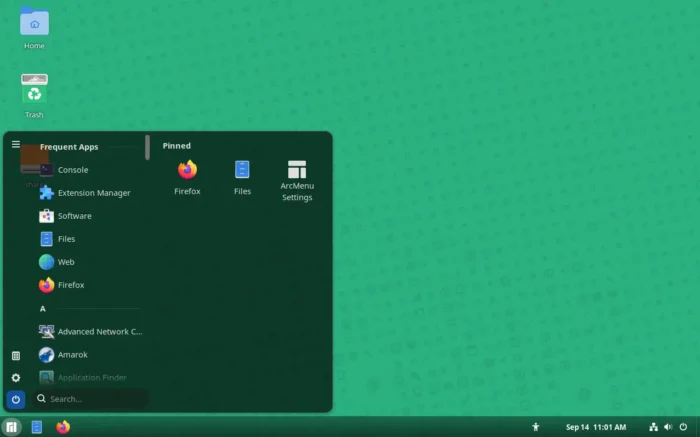OBS Studio, the popular free open-source live streaming and video recording software, released new 32.0.0 version today!
The new release is made available after 2 Beta and 1 RC testing releases. It features a new plugin manager, allowing to browser, install, update, and turn on/off plugins loading when OBS starts.

















